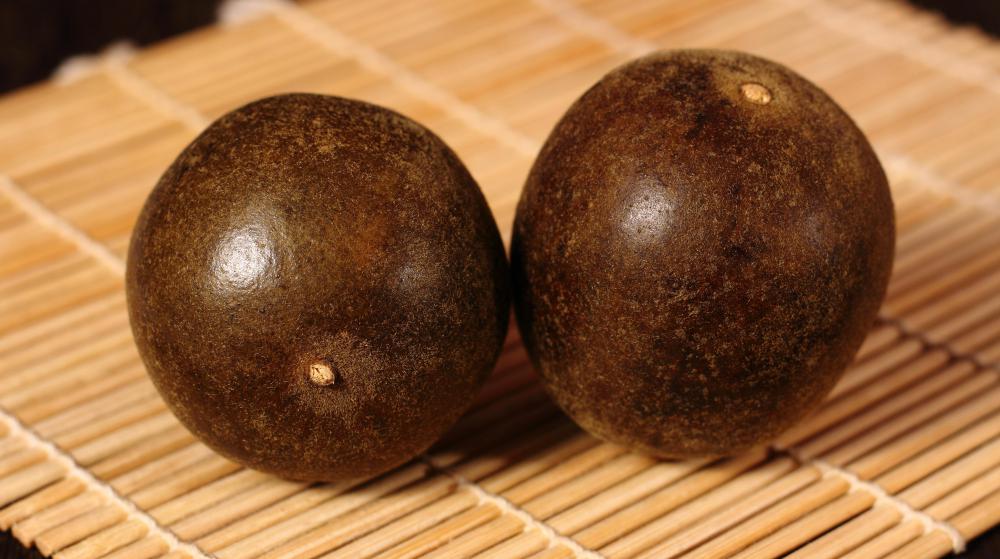At TheHealthBoard, we're committed to delivering accurate, trustworthy information. Our expert-authored content is rigorously fact-checked and sourced from credible authorities. Discover how we uphold the highest standards in providing you with reliable knowledge.
What is Hawthorn Fruit Used for?
Hawthorn fruit, leaves, and berries make up a wide number of herbal remedies that differ depending upon where the hawthorn is grown. All members of hawthorn are part of the rose family, but in Asia, the most prominent types, known as shan-za, are Crataegus vinatifida and C. Cuneata. In Europe, C. monogyna is best known, and in North America, C. oxycantha is most commonly used. In herbal medicines, all hawthorn varieties, over sixty, are shrubs or small trees, that have attractive but odorous flowers, and have fruits, most about the size of a blueberry, that range in color from light red to black.
In some cases, hawthorn fruit is used separately from the leaves, root or blossom. In China the fruit is not only a medicinal but also a treat, and sugared, dried berries are sold at festivals. Early Chinese remedies used the fruit to treat scurvy, a very legitimate use given their high vitamin C content. The fruit might also be given to end labor pains after birth, and to help cure stomach problems like constipation. Later uses of the fruit in Asia come from the European and American use of hawthorn fruit.

In the early 20th century, hawthorn was considered by many to be superior in treating various heart conditions. It does appear to slightly lower cholesterol and may have some use as a blood thinner. Actually, since the matter has been studied, there’s evidence that hawthorn flowers and leaves are much better as an herbal remedy for cardiac disease, though they should not be taken if you are on any type of blood thinners. German doctors actually prescribes a mixture of the flowers and leaves, and considers any preparation containing hawthorn fruit as ineffective. The Chinese may use flowers, leaves, root, and/or hawthorn fruit as a cardiac medicine.

Native Americans put hawthorn fruit to some different uses. Ointments made of the berries might be spread on wounds, or the fruit might be used orally for people with liver problems. There’s some indication that hawthorn fruit may have been used to treat cardiac conditions, and it certainly was in use as a food by several different tribes. Of the hawthorn variants, c. oxycantha produces probably the best tasting of the berries, with a nice blend of sweetness and astringency.

One study done recently on hawthorn fruit examined its possible aid in protecting people from the negative effects of x-rays. At least in mice, scientists have noticed that doses of the fruit tend to inhibit typical cell mutation after the body is exposed to strong levels of radiation. This is potentially one of the most exciting recent discoveries of the hawthorn berry, if the results are duplicated in human trials.
AS FEATURED ON:
AS FEATURED ON:
















Discussion Comments
It really is amazing as a fruit and its medicinal value. In more ancient times, the Chinese used it to improve digestion.
It has also been used to strengthen heart function, dilate blood vessels, lower blood lipids, and promote blood circulation.
It is really interesting how the hawthorn fruit is used in China. I was looking at some pictures of vendors selling them on a stick. They put about 8 on a stick, kind of like a kabob, and dip them in a sugar mixture and fry them. They apparently sell many of them.
They also make what is called hawthorn sugar. The fruit is pressed and mixed with sugar and sold in thin blocks, similar to fruit roll-ups.
Soft drinks and fruit drinks are made out of the hawthorn fruit, as well.
Post your comments